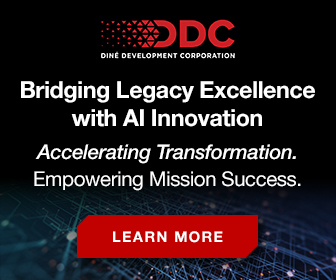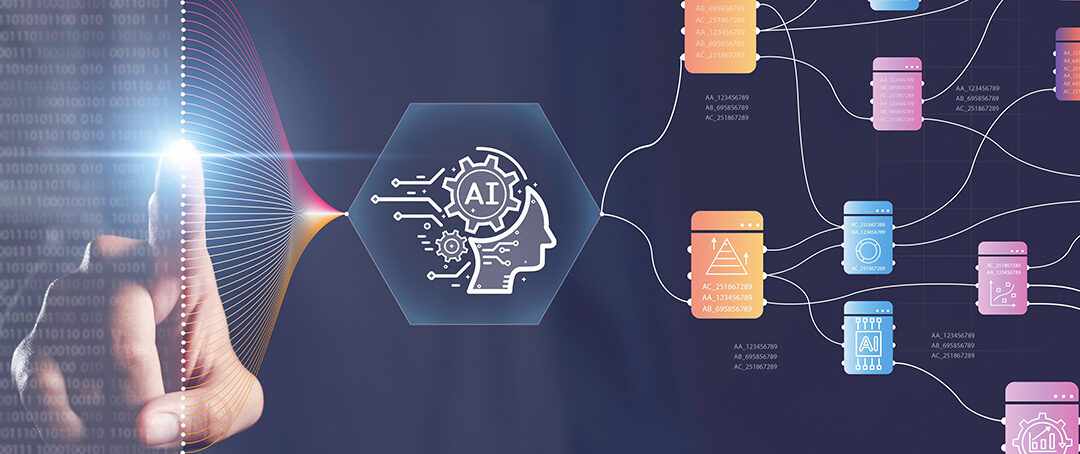
An Agnostic Services Vendor Weighs In After Years of Intensive Migration Activity
Summary
GTSG’s thirty-seven years on the mainframe include hundreds of thousands of hours dedicated to ISV migrations.
We’ve observed many paths taken by mainframe shops, critically reviewed the replacement product decisions, and concluded:
- In every situation we reviewed, we have shown that the need for an ISV product could have been satisfied by IBM with few exceptions, which wouldn’t necessitate an ISV ELA
- In many cases, we have proven z/OS features could meet what clients saw as needs for ISV product
This is very, very good news, as migrations are disruptive and resource intensive. And there is legitimate reason to be concerned that, once established in your shop, a new ISV might adopt the same pricing practices as its predecessor. No one should have to go through mainframe ISV migration twice.
Our Experience
GTSG has been invested in the mainframe since 1988 providing project services (performance, resiliency, software migration), and managed services. Our history with large scale ISV migration goes back to 2008. We believe we must ask anyone considering a “swap:”
If you’re going to go through all the non-revenue generating disruption of a mainframe software migration – shouldn’t you at least consider migrating to the vendor with the most reason to protect the viability of the platform?
The past five years have seen a dramatic uptick in mainframe ISV migration activity, and we’ve been neck deep in it. We’ve seen virtually every mainframe technology in the marketplace and having been in hundreds of shops, we know what causes them to struggle. We’ve even put together a migration guide to help clients through the process.
As to replacement product selection, we know what works; we know what doesn’t; and we know what works “well enough.”
Here we’re providing a reflection based – as always – on what’s best for the client. GTSG is 100% vendor agnostic, earning zero dollars in referrals or commissions from ISVs or anyone else.
The Motivations of Mainframe ISVs
Broadcom pricing strategy is well documented outside this article. With each client we’ve helped migrate, there’s been concern that other ISVs might decide to adopt the same approach.
These are legitimate concerns. Any vendor can strategically determine that mainframe software is a “cash cow,” extracting maximum value for minimal investment.
IBM, however, needs to sustain the viability of the mainframe which is responsible for billions of dollars of revenue, and in our view at least, a substantial portion of their differentiation.
In plain English: there’s enough disruption associated with even a flawless migration to be sure you only need to do it once.
Is an All-Blue Stack Viable?
The short answer? Yes, and increasingly so.
To begin with, a large number of features which were, at one point, ISV point solutions are now embedded in recent versions of z/OS and products in the IBM portfolio.
Source Code Management: At GTSG, our team has consistently demonstrated that we can make IBM’s SCLM work, and we can make DevOps work. And if you don’t have a high level of change associated with your mainframe software, or your developers want to stick with an interface like Endevor, you should carefully evaluate the selection you make. Tools may differ – but the results can be equivalent.
Security: For us, the answer is always RACF. It’s native, robust, deeply integrated into the OS, and trusted across industries. No bolt-on security product we’ve seen adds meaningful value that RACF can’t deliver.
Database Tools: In our experience, IBM’s database tools are unmatched for z/OS environments. They provide broad functionality, consistent support, and seamless integration — without the uncertainty of third-party licensing shifts.
Workload Scheduling: IBM tools more than do the job. While there are competitors, some of them could be acquisition candidates tomorrow.
New ISV Innovations: For all the marketing we’ve seen about new capabilities, we’ve yet to hear from one of our clients that they cannot live without any new ISV feature which has been developed in (let’s say) the past decade.
Change of Control: What if IBM sells off a product? The history behind that is minimal – JES3 comes to mind. It’s a niche product with a small (albeit very important) audience. We also believe there’s a licensing benefit from IBM. They still have a lot of MLC products, but they are increasingly adding products to their sub-capacity licensing model.
Conclusion
No one-size-fits-all solution exists, and no one can tell you the right answer for your stack without a thorough review. We can’t tell you that you don’t have negotiating leverage over a mainframe ISV which also has other lines of business from which you buy.
But, what we can say is this:
When considering strictly the mainframe software portfolio – given the enormous disruption associated with migration – and the risk of changes in ISV pricing strategy – you owe it to yourself to at least model an all-IBM stack before making a decision.









0 Comments